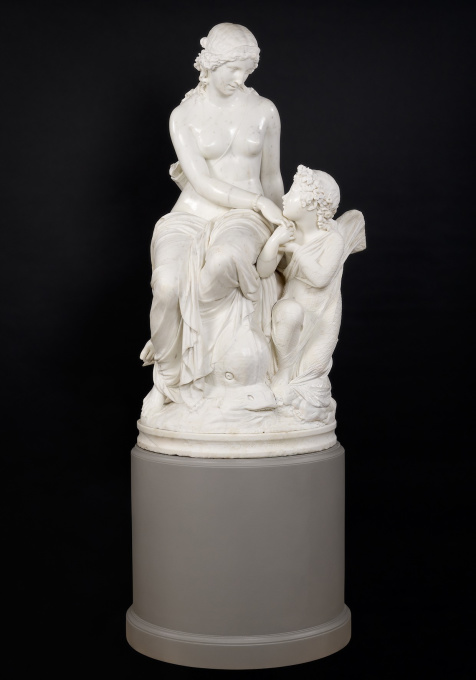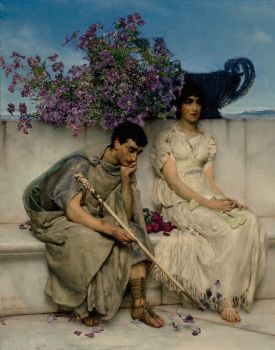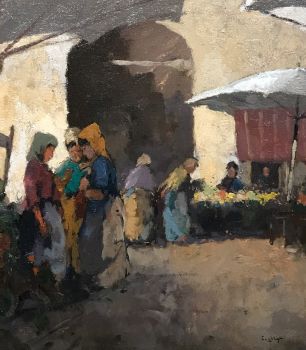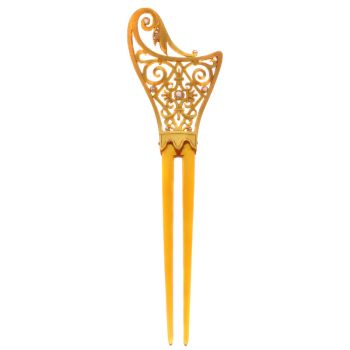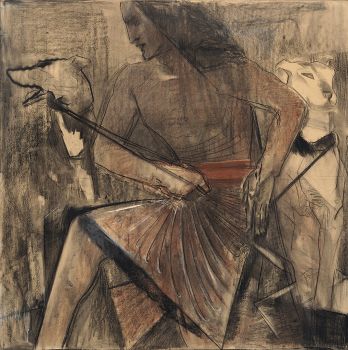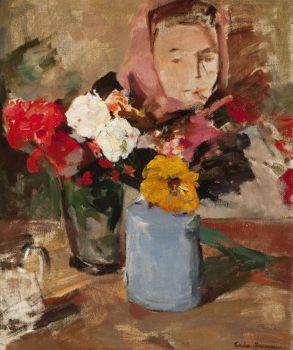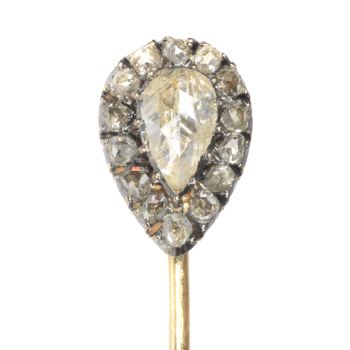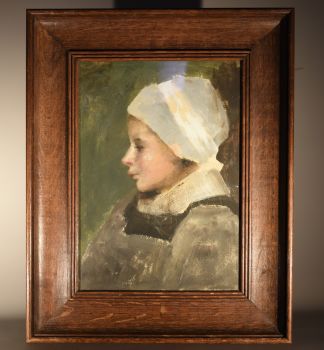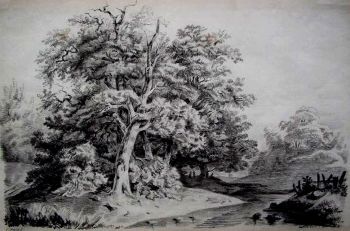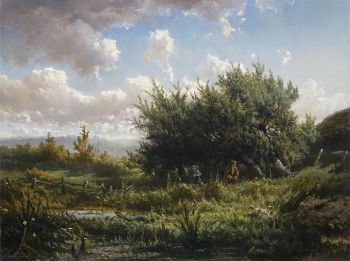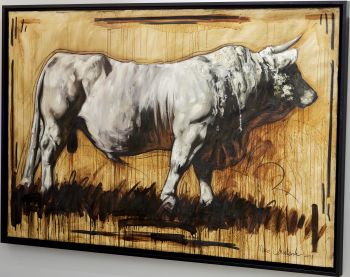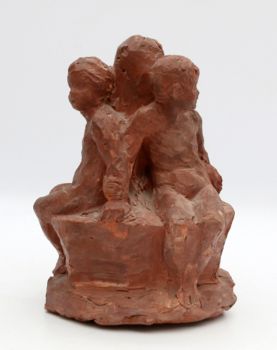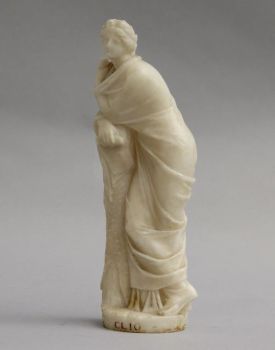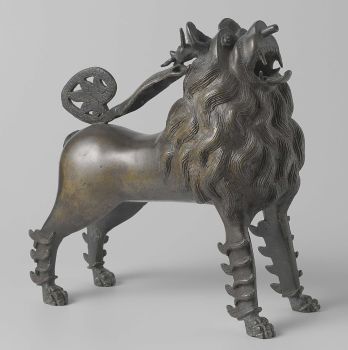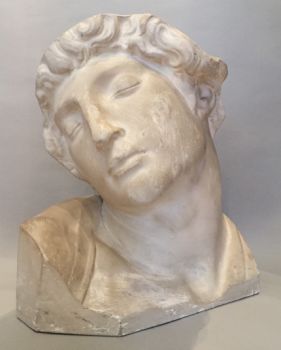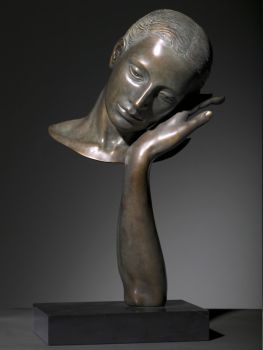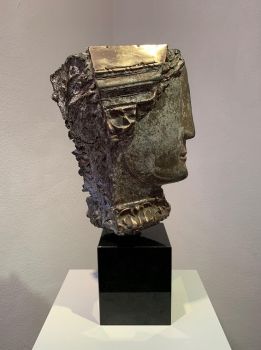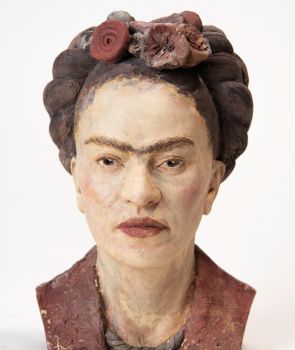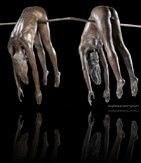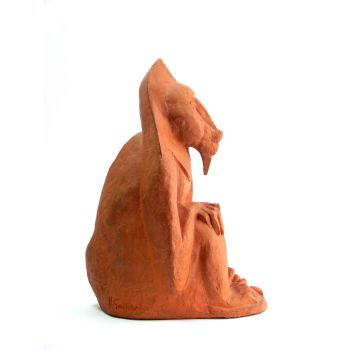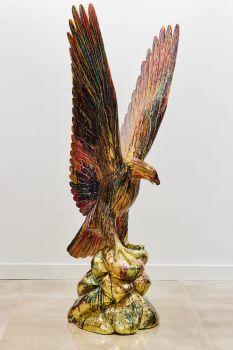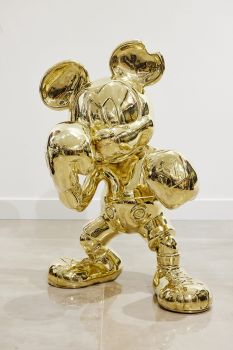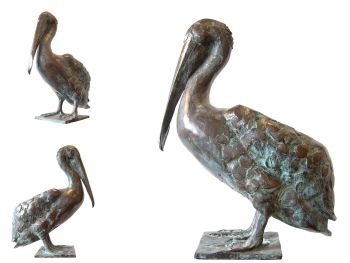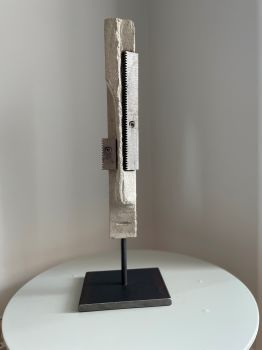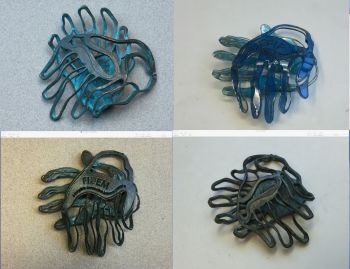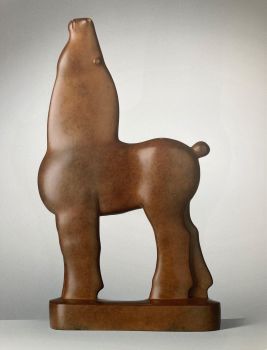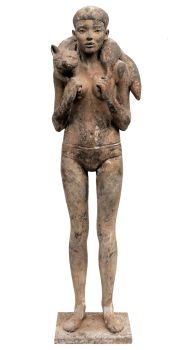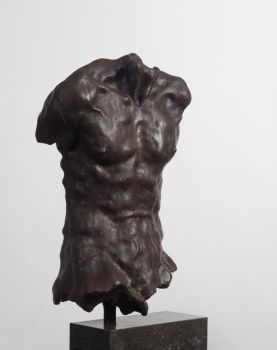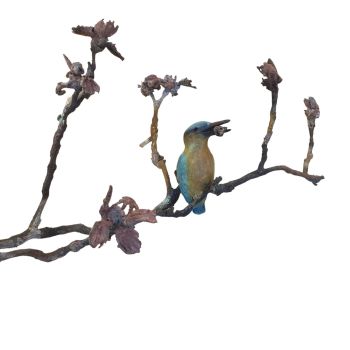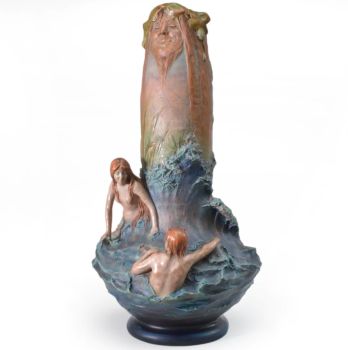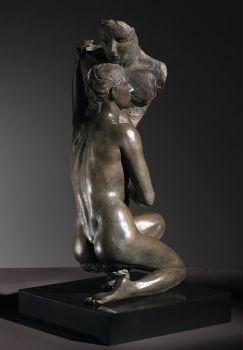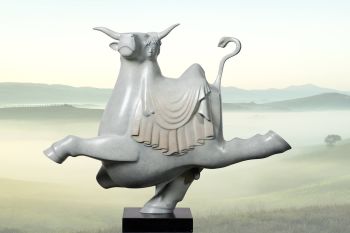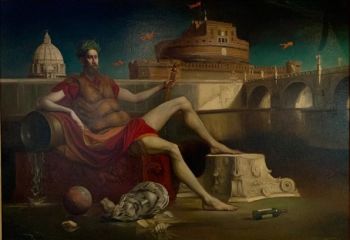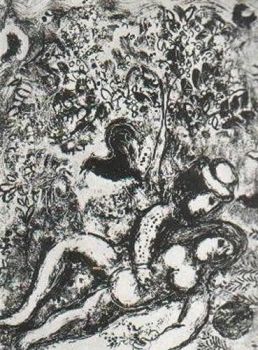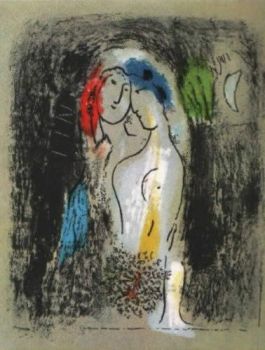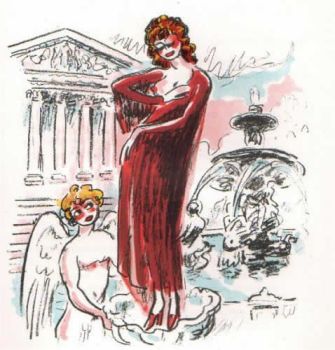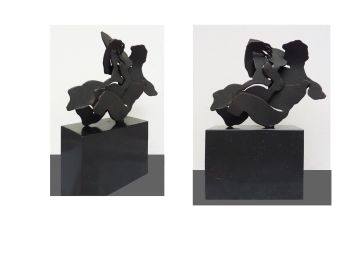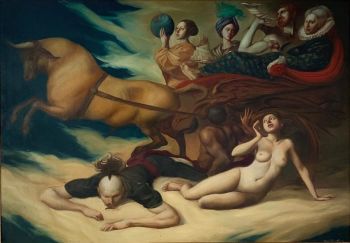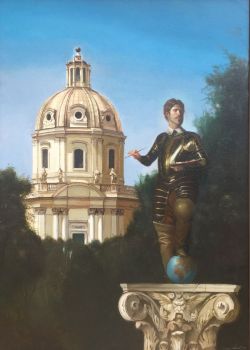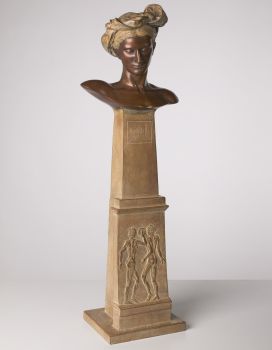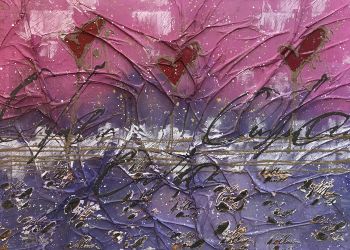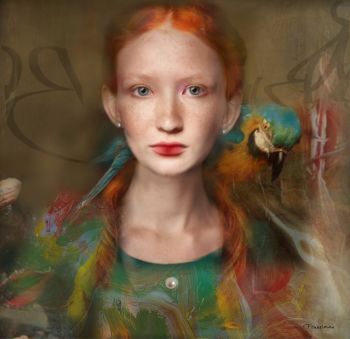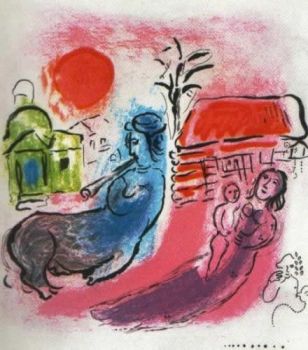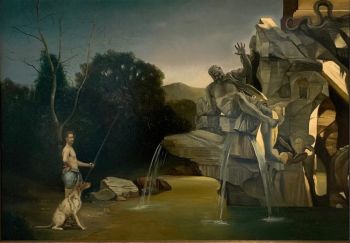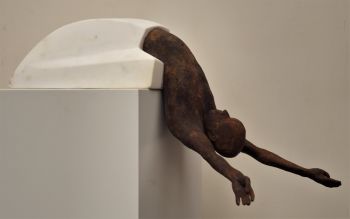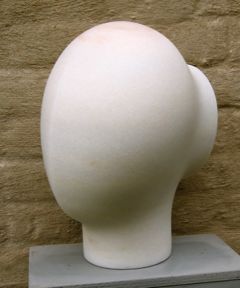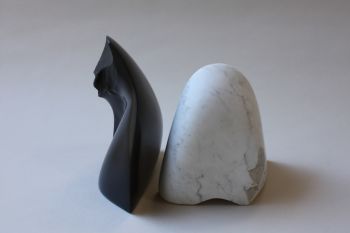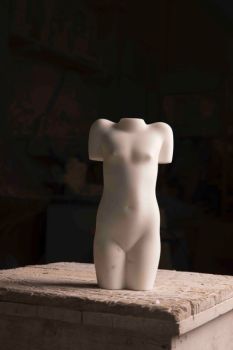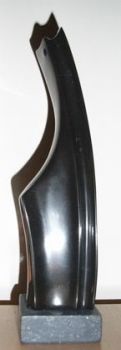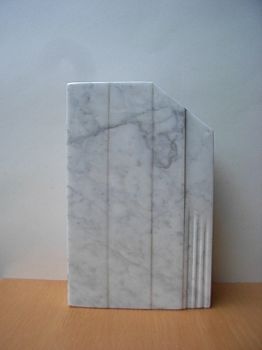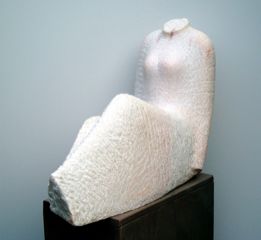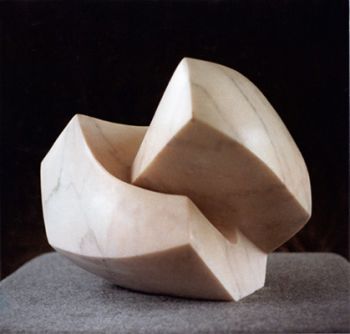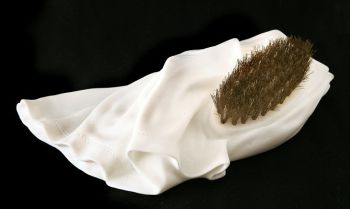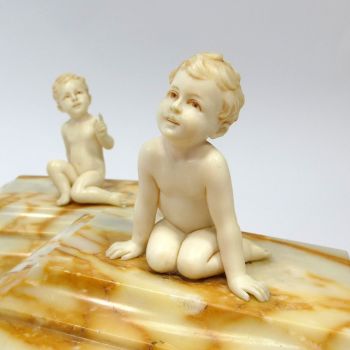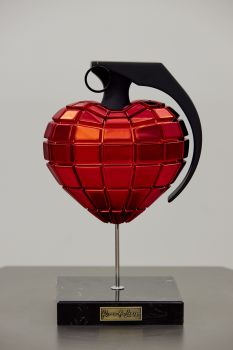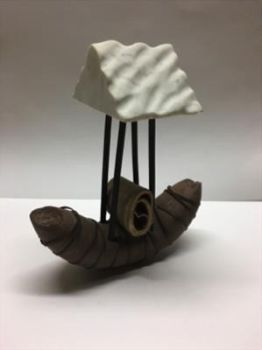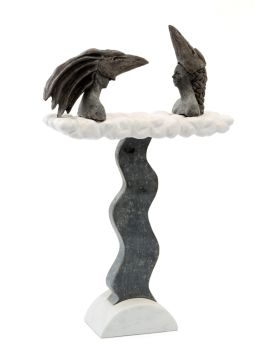Cupid Captured by Venus 1860 - 1880
Giuseppe Fontana
Marbre de CarrareMarbrePierre
157 cm
Actuellement indisponible via Gallerease
- Sur l'oeuvre d'artThe Italian-British sculptor Giovanni Giuseppe Fontana (1821-1893) was born in Carrara. It was also Carrara where he received his education as a sculptor at the Academy. He continued his studies in Rome, where he stayed until 1849. Because of his support of the Republicans he was forced to flee Italy. Through Paris he came to stay in London where he became very renowned as a sculptor. Between 1852 and 1886 he regularly exhibited works at the Royal Academy. Fontana was also very much appreciated in Australia where he exhibited several times. He received the First Degree of Special Merit at the Sydney International Exhibition of 1879. In 1881 he received a Hon. Mention for his artworks exhibited at the Centennial Exhibition in Melbourne. Several of his works are to be found in Australia. He made, amongst others, sculptures for the town hall of Sydney. His work is also to be found in the Walker Art Gallery in Liverpool.
The depiction of Venus captured by Cupid very much reflects the 18th century. The way Venus rides a dolphin reminds of the drawings of Boucher.
The subject is rare and seldom seen in the visual arts. The moralising signification, however, is obvious: Because Venus has better looks than Cupid, she overcomes him in the realm of beauty, as it were. Therefore this depiction symbolizes the defeat of true love against dazzling beauty, as is often seen in the real world. A picture of the 16th century Italian painter Bronzino, to be seen in the National Gallery in London since 1860, shows and erotic representation of the same theme. - Sur l'artisteLe sculpteur italo-britannique Giovanni Giuseppe Fontana (1821-1893) est né à Carrare. C'est également à Carrare qu'il reçoit sa formation de sculpteur à l'Académie. Il poursuivit ses études à Rome, où il resta jusqu'en 1849. En raison de son soutien aux républicains, il fut contraint de fuir l'Italie. Par Paris, il est venu séjourner à Londres où il est devenu très réputé en tant que sculpteur. Entre 1852 et 1886, il expose régulièrement des œuvres à la Royal Academy. Fontana a également été très apprécié en Australie où il a exposé à plusieurs reprises. Il a reçu le premier degré de mérite spécial à l'Exposition internationale de Sydney de 1879. En 1881, il a reçu un Hon. Mention pour ses œuvres exposées à l'exposition du centenaire à Melbourne. Plusieurs de ses œuvres se trouvent en Australie. Il a réalisé, entre autres, des sculptures pour la mairie de Sydney. Son travail se trouve également à la Walker Art Gallery de Liverpool.
Artwork details
Catégorie
Sujet
Style
Matériel & technique
Couleur
Related artworks
- 1 - 4 / 24
- 1 - 4 / 24
- 1 - 4 / 24
Artiste Inconnu
A pair of angels Antwerp, 17th century, Carrara marble17th century
Prix sur demandeFrederik Muller
1 - 4 / 24

